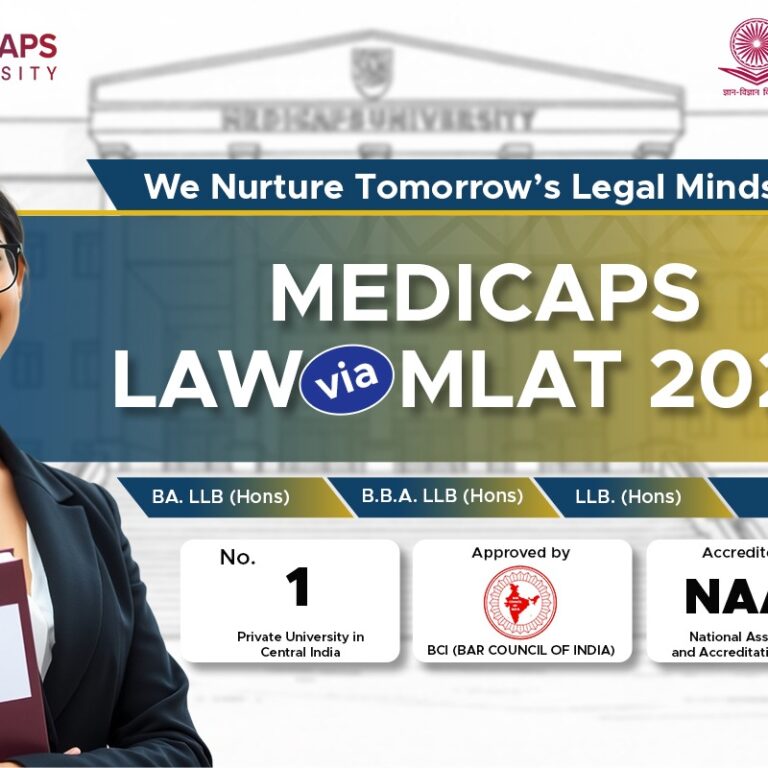What is the Age Restriction in CLAT exam?

The Common Law Admission Test (CLAT) is a highly competitive entrance exam that determines admission to prestigious law universities in India. Traditionally, the exam had imposed an upper age limit for candidates applying to both undergraduate (UG) and postgraduate (PG) law courses.
However, in a landmark decision, the latest notification of CLAT has abolished the upper age limit, making it more inclusive and accessible to aspiring law students of all ages. This article explores the implications of this change and the tie-breaking procedure in case of equal marks.
No Age Restriction for UG and PG Courses
One of the most significant developments in the recent CLAT notification is the removal of the upper age limit for both UG and PG courses. This decision has been widely applauded by the legal education community and students alike.
Previously, the age limit had acted as a barrier for mature students or individuals seeking a career change to pursue law studies. With the removal of this constraint, the CLAT exam is now open to candidates from all age groups, promoting diversity and enhancing the talent pool within the legal profession.
Emphasis on Merit-Based Selection
By eliminating the age restriction, the CLAT exam puts a stronger emphasis on merit-based selection. Instead of imposing a cutoff based on age, the focus is now on evaluating candidates’ aptitude, knowledge, and skills in the field of law.
This change aligns with the principles of fairness and equal opportunity, enabling deserving candidates to showcase their potential without any age-related limitations. As a result, the competition for seats is likely to intensify, encouraging students to put their best foot forward and strive for excellence.
Tie-Breaking Procedure
In cases where two or more candidates secure an equal number of marks in the CLAT exam, a tie-breaking procedure is implemented to determine the final rankings. The following steps are followed to break the tie:
Higher Marks in Legal Aptitude
The first criterion to differentiate among tied candidates is their marks in the “Legal Aptitude” section of the CLAT exam. Legal Aptitude is a vital component as it assesses candidates’ understanding of the law and their ability to apply legal principles to various scenarios. The candidate with the higher score in this section gains an advantage and is ranked higher.
Higher Age
If the tie persists even after considering the Legal Aptitude marks, the next criterion comes into play: age. The candidate who is older than the tied candidates will be given preference. This criterion ensures that candidates with more experience and maturity are favoured in case of equal performance.
Computerised Draw of Lots
In rare circumstances where the tie remains unresolved, the final tie-breaking method involves a computerised draw of lots. This randomised process ensures an unbiased and fair decision when no other differentiating factors are present.
Calling all law aspirants!
Are you exhausted from constantly searching for study materials and question banks? Worry not!
With over 15,000 students already engaged, you definitely don't want to be left out.
Become a member of the most vibrant law aspirants community out there!
It’s FREE! Hurry!
Join our WhatsApp Groups (Click Here) and Telegram Channel (Click Here) today, and receive instant notifications.





